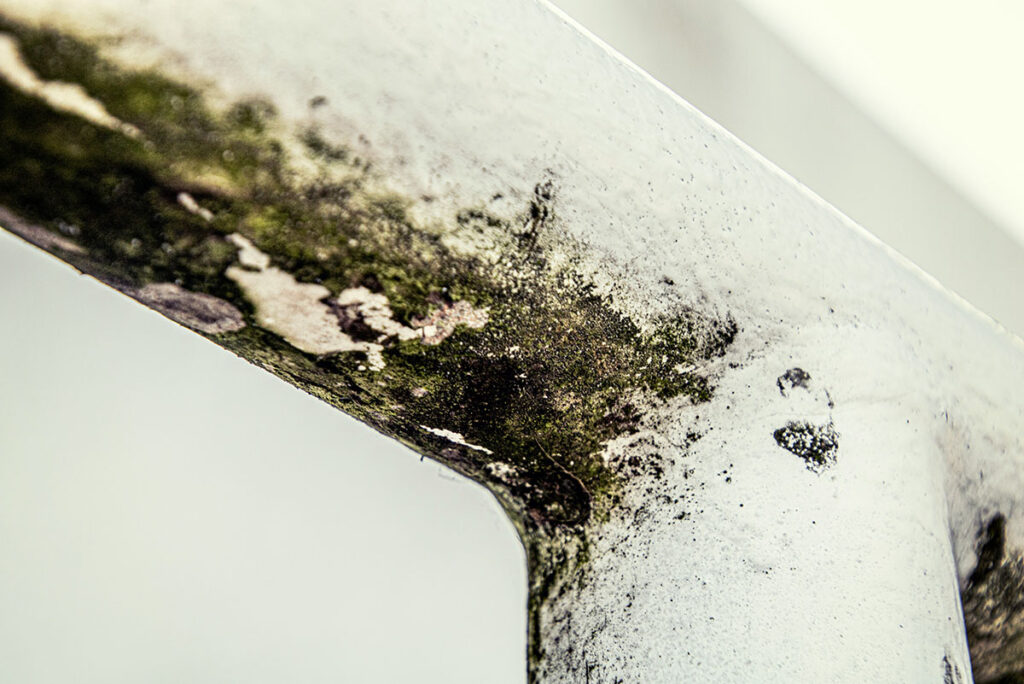WHO Mold and Dampness Microbiological Risk Testing
The World Health Organization (WHO) Mold and Dampness Microbiological Risk Testing is a specialized service designed to assess the presence, concentration, and potential health impacts of mold spores and other microorganisms in indoor environments. This testing is essential for ensuring public health and safety by identifying risks associated with dampness and mold growth within buildings.
WHO guidelines emphasize that moisture and mold issues can lead to adverse health effects such as respiratory problems, allergies, and infections. Our service employs advanced microbiological sampling techniques and analytical methodologies aligned with WHO recommendations and international standards (ISO 14644-3, EN ISO 8470). We utilize state-of-the-art equipment like scanning electron microscopes (SEM) and gas chromatography-mass spectrometry (GC-MS) to accurately quantify microbial levels.
The testing process involves collecting air samples using standardized methods such as settle plates or vacuum sampling. Specimens are then analyzed for a wide range of fungal species including Aspergillus, Penicillium, and Cladosporium, which are commonly found in damp environments. Additionally, we test for bacteria like Staphylococcus aureus and Streptococcus spp., which can also be present.
Our team of experts ensures that all samples are processed according to best practices outlined by WHO and other relevant organizations. This includes proper handling and preservation techniques to prevent specimen degradation before analysis. We provide detailed reports that outline the types and concentrations of microorganisms detected, along with an evaluation of potential health risks based on current scientific knowledge.
In addition to basic mold testing, we offer comprehensive assessments tailored to specific needs such as post-remediation verification or new construction monitoring. Our services are particularly valuable for organizations responsible for maintaining healthy indoor environments, including hospitals, schools, and office buildings.
- ISO 14644-3: Standard for cleanroom classification which includes guidelines for microbiological testing.
- EN ISO 8470: European standard detailing procedures for sampling and analysis of airborne microorganisms in indoor environments.
- WHO Guidelines: Recommendations specifically addressing mold and dampness issues in buildings.
- SEM Imaging: Utilized to visualize microscopic structures of fungi and bacteria.
- GC-MS Analysis: Provides precise identification of volatile organic compounds (VOCs) often associated with damp conditions.
The importance of this testing cannot be overstated, especially given the increasing awareness about indoor air quality as a determinant of overall well-being. By leveraging our expertise and cutting-edge technology, we help clients make informed decisions regarding their building maintenance practices to protect occupant health.
Why It Matters
The presence of mold and dampness in indoor spaces poses significant risks to human health and comfort. Mold spores can trigger allergic reactions, asthma attacks, and other respiratory issues, particularly among sensitive individuals like children or elderly people. Damp conditions also provide ideal breeding grounds for various microorganisms that may pose additional health hazards.
Regular monitoring of these factors through microbiological testing is crucial for maintaining a safe living environment. It allows building managers to identify problem areas early on and implement effective remediation strategies before they escalate into more serious problems. Proper maintenance not only enhances occupant satisfaction but also helps comply with various regulatory requirements related to indoor air quality.
Our service goes beyond mere detection; it provides actionable insights that guide decision-making processes aimed at improving environmental conditions within buildings. From identifying the exact species of mold present to recommending appropriate countermeasures, our comprehensive approach ensures lasting solutions that benefit both occupants' health and property longevity.
Quality and Reliability Assurance
We take great care to ensure the accuracy and reliability of every test conducted under this service. All procedures follow stringent protocols established by WHO and other recognized authorities in environmental microbiology. Our laboratories are equipped with high-quality instruments calibrated regularly to maintain precision.
- Regular calibration of analytical equipment
- Use of certified reference materials for calibration checks
- Quality control measures implemented at every stage of testing
- Participation in proficiency testing programs
The credibility of our results is further bolstered by our commitment to continuous improvement. We stay updated with the latest developments in microbiological research and incorporate them into our practices whenever necessary.
Customer Impact and Satisfaction
Our clients benefit from peace of mind knowing that their buildings meet stringent health standards set forth by WHO guidelines. By providing reliable data on microbial levels, we assist organizations in making evidence-based decisions about how to address any issues identified during testing.
Positive outcomes include reduced risk of occupant illness, improved indoor air quality, enhanced reputation due to adherence to best practices, and compliance with local regulations governing indoor environments. Satisfied customers often report higher employee productivity levels and increased customer satisfaction rates among visitors or patients depending on the type of facility involved.
We strive to exceed expectations by delivering timely results accompanied by clear explanations of findings so that clients can quickly understand what actions need to be taken next. Our goal is to foster long-term relationships built upon trust and mutual respect for each other’s expertise.





